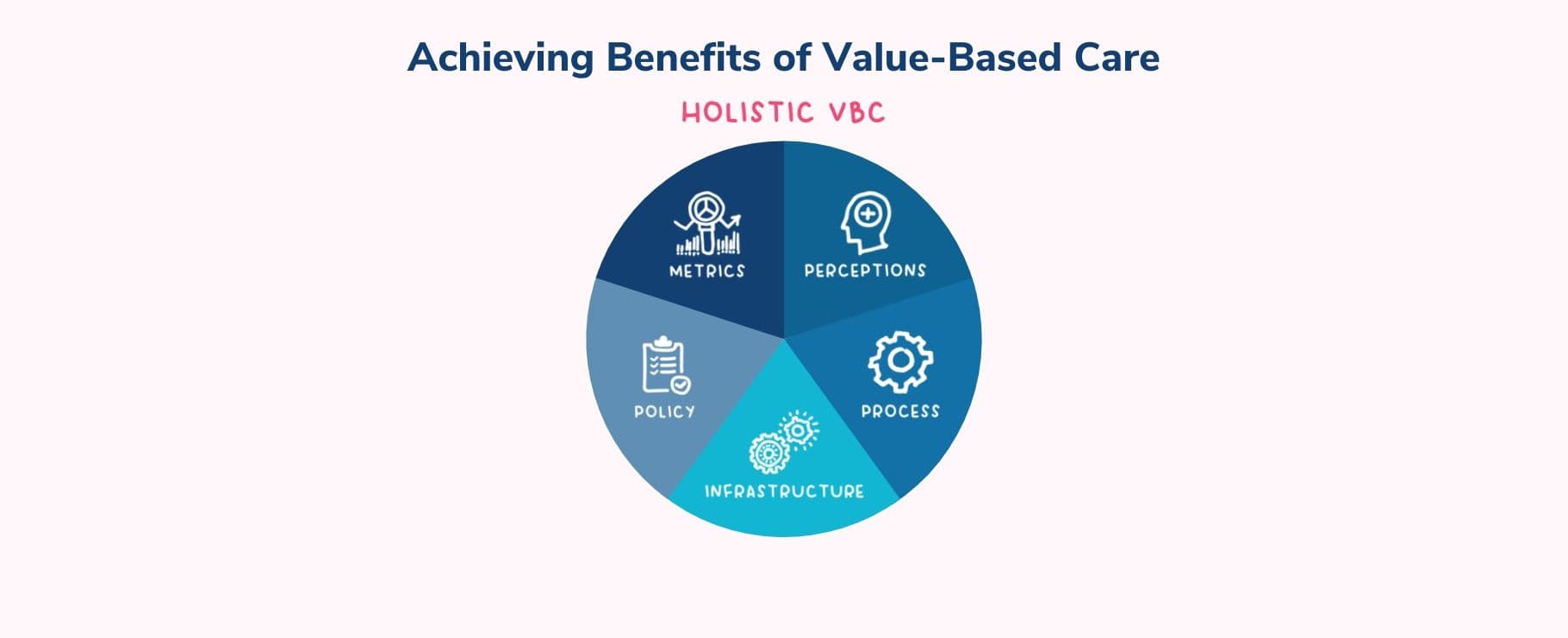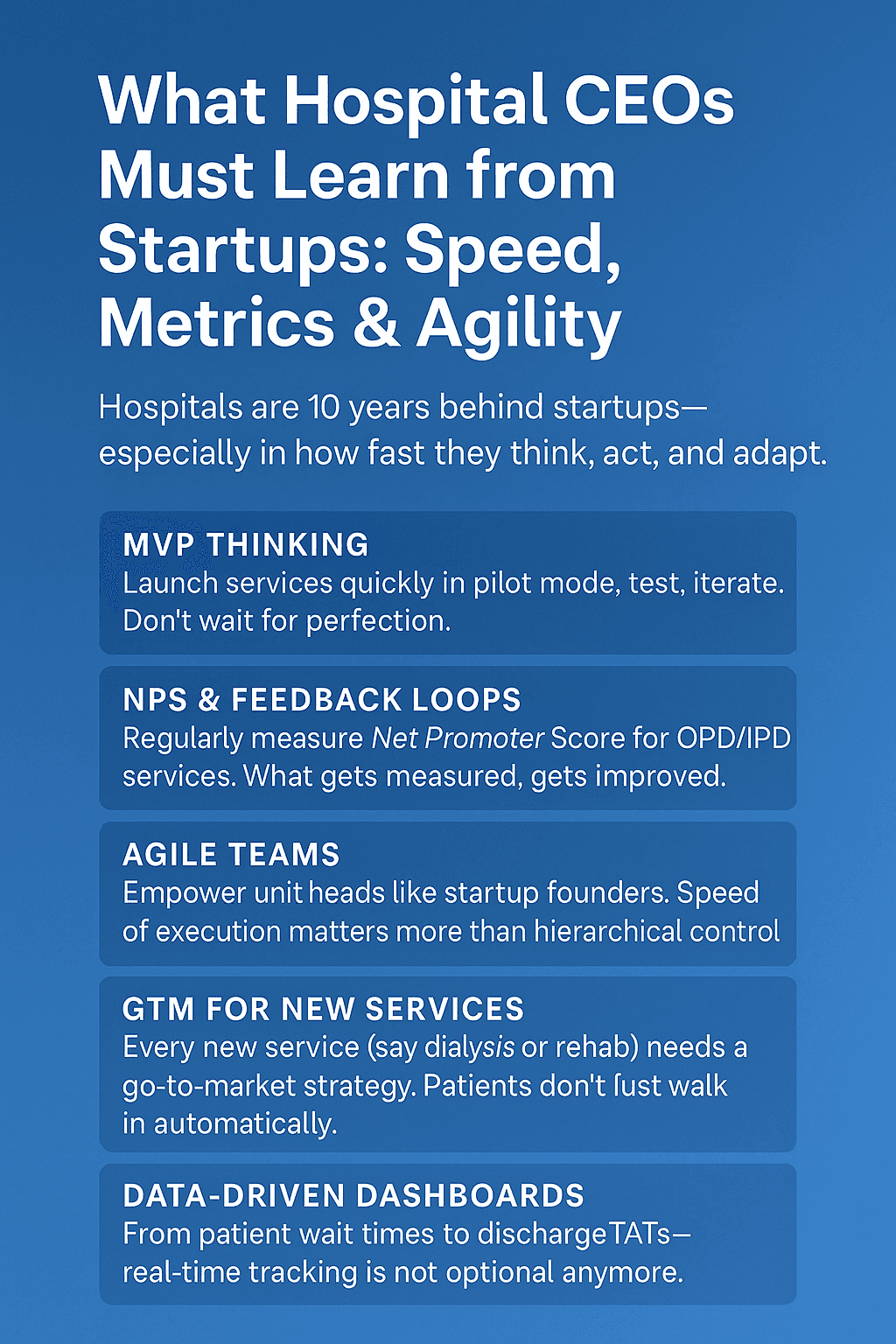Syllabus ke bahar ka sawaal !

Breaking the Mold: Why I'm Chasing Different Numbers in Healthcare🚑💉💚
Busy in month-end closing? I bet you're deep in numbers: revenue, COGS, ROAS, margins, CAC, and all those financial metrics that keep the business world running. But let me ask you this: what about the numbers that truly matter? The numbers that can mean the difference between life and death?
From Medicine to Entrepreneurship: Changing the Game with Numbers That Matter🩺💼💥
As the founder and CEO a healthcare company, I've learned that while financial metrics are important, they're not the only numbers that matter. The numbers that truly matter to me are the
number of lives we touch, the number of fatal injuries we served, the lives we saved, the medical conditions we addressed, and the number of clinical procedures we performed.
These are the numbers that get me out of bed in the morning, and the ones that keep me pushing forward every day.
But you know what's interesting? Despite the fact that these numbers are the ones that truly matter, no one ever asks me about them. Everyone's only interested in PnL numbers and financial metrics. And don't get me wrong, I understand that those are important too. But for me, it's about balance. It's about fighting for the financial success of my company while never losing sight of our mission to save lives and help those in need.
Let me tell you a story about one such person. A 64-year-old man in Gaya, a small town in Bihar, India. He was on ventilator support and desperately needed to be transported to CMC Vellore, a leading hospital in Tamil Nadu. But there were no ALS ambulances available in Gaya, and the family had already consulted 10 doctors who couldn't offer any help.
That's where my team and I stepped in. We arranged for an ALS ambulance from Patna, the nearest city with such facilities, and then arranged for the patient to be transported by train with ICU support to CMC Vellore. It was a daunting task, with many logistical challenges and risks, but we were determined to save this father's life for the sake of his two young daughters.
Our clinical head didn't sleep a wink until the patient reached his destination safely. He monitored every aspect of the journey, keeping his eyes fixed on the graphs on the patient's monitors. And when we finally received the news that the patient had made it to CMC Vellore, the relief and joy we felt were indescribable.
This experience taught me that whileI may be more interested in the numbers that matter in healthcare, I am also willing to learn, fight, and win any battle in the financial world if it means saving even one life. I am learning to wield the financial knife as well as the surgical scalpel, because both are necessary tools for the mission we are on.
So yes, I'm learning the financial game too. I'm mastering the "financial knife" so that I can make the most of every dollar we have and use it to achieve our mission. But at the end of the day, I know that the numbers that truly matter are the ones that impact the lives of the people we serve.
As healthcare professionals, we know that every life is precious, and that every number counts. So let's never forget that, no matter what metrics we're reviewing in our monthly meetings. Let's never lose sight of the fact that the numbers that truly matter are the ones that make a difference in people's lives.
"Healthcare is not about numbers, but about the people behind the numbers." Niraj
Related Articles

Generic Medicines & the Rise of Jan Aushadhi Kendras in India: Promise, Pitfalls, and the Path Forward
In a country where millions fall into poverty due to healthcare costs, Jan Aushadhi Kendras have emerged as a lifeline — offering quality-assured generic medicines at 50–80% lower prices. Over 14,000 such stores now serve India’s most vulnerable. Yet, as journalist Durgesh Nandan Jha recently reported, the shift toward generics has sparked a nationwide debate: Is affordability enough without guaranteed quality? While many healthcare leaders hail the model as a landmark in access and equity, others warn of regulatory gaps, poor pharmacovigilance, and silent therapeutic failures. As one doctor put it, “A ₹1 paracetamol that doesn’t work is not affordable — it’s potentially fatal.” This article explores the ground reality behind the generics movement — blending data, diverse expert opinions, and a call to action: India must now evolve from “cheap drugs” to “trusted generics.”

🏥 Hospital Boards Are Getting It Wrong If Your KPI is OPD Footfall, You’re Missing the Bigger Picture
Most hospital boards in Tier-2 India still track outdated metrics—OPD footfall, bed occupancy, and monthly billing—as signs of success. But in 2025, that’s no longer enough. Today, clinical outcomes, patient satisfaction, and operational efficiency matter more. Recent SME IPOs of small hospitals like Broach Lifecare and Shanmuga Hospital show that investors are backing value, not volume. Hospitals that shift from counting patients to improving care quality will lead the future of healthcare. Boards must evolve from revenue watchers to outcome enablers. Because in healthcare, impact matters more than intake.

𝗪𝗵𝗮𝘁 𝗛𝗼𝘀𝗽𝗶𝘁𝗮𝗹 𝗖𝗘𝗢𝘀 𝗠𝘂𝘀𝘁 𝗟𝗲𝗮𝗿𝗻 𝗳𝗿𝗼𝗺 𝗦𝘁𝗮𝗿𝘁𝘂𝗽𝘀: 𝗦𝗽𝗲𝗲𝗱, 𝗠𝗲𝘁𝗿𝗶𝗰𝘀 & 𝗔𝗴𝗶𝗹𝗶𝘁𝘆
In today’s rapidly evolving healthcare landscape, traditional hospitals cannot afford to operate at yesterday’s pace. While startups are innovating at lightning speed—launching features, iterating on feedback, and scaling rapidly—many hospitals are still stuck in bureaucratic inertia, delayed decisions, and outdated management models. This article explores how hospital CEOs can adopt startup principles to drive operational efficiency, improve patient outcomes, and remain competitive. From MVP-based service launches to real-time dashboards, agile leadership structures, and data-driven decision-making, it outlines a practical roadmap for hospital leaders who are ready to embrace the mindset of a modern, patient-centric enterprise. The future of healthcare belongs to those who can move fast, measure right, and adapt with precision. It's time hospital leadership started thinking like entrepreneurs.

दिखावे के ज़माने में टूटते लोग: सोशल मीडिया, AI और हमारी अधूरी ज़िंदगी
सोशल मीडिया के इस तेज़ और चमकदार युग में, जहाँ हर मुस्कान में फिल्टर और हर रिश्ते में confusion है, वहाँ असली खुशी और सुकून दूर होता जा रहा है। हम सब दिखते बहुत 'happy' हैं, लेकिन अंदर से थके हुए, उलझे हुए और कभी-कभी टूटे हुए भी। AI से बात करना आसान हो गया है, पर अपने दिल की बात किसी अपने से कहना अब भी सबसे मुश्किल काम लगता है। ये लेख उसी नकली हँसी के पीछे छिपे दर्द, रिश्तों की उलझनों और mental health की सच्चाई को उजागर करता है – एक तंज, एक सच और एक कोशिश, कि शायद कोई पढ़कर रुक जाए... और खुद से या किसी से बात कर ले।

Co-Working Spaces for Doctors: The New Age Revolution Beyond Polyclinics and Corporate Hospitals
India’s healthcare system is witnessing rapid transformation, and doctors, particularly those aiming to establish independent practices, face unprecedented challenges. The traditional polyclinic model, once seen as a practical solution for medical professionals looking to share resources and offer multi-specialty services under one roof, is now showing its limitations in a tech-driven world. Meanwhile, corporate hospitals and pharmacy-attached clinics are also proving restrictive for doctors, especially for those seeking autonomy, flexibility, and modern tools for patient care. Enter the era of co-working spaces for doctors, a dynamic business model that offers not only shared real estate but also a comprehensive tech-enabled ecosystem for doctors to thrive. From handling licensing and compliance to offering digital infrastructure for online appointments, telemedicine, CRM systems, and marketing solutions, these co-working spaces represent the next evolution in medical practice. In this article, we’ll explore the urgent need for such spaces in India, provide a detailed comparison between the old polyclinic model and new-age co-working spaces, and explain why this concept is better suited for doctors today—especially for specialists moving to suburban and smaller district towns.